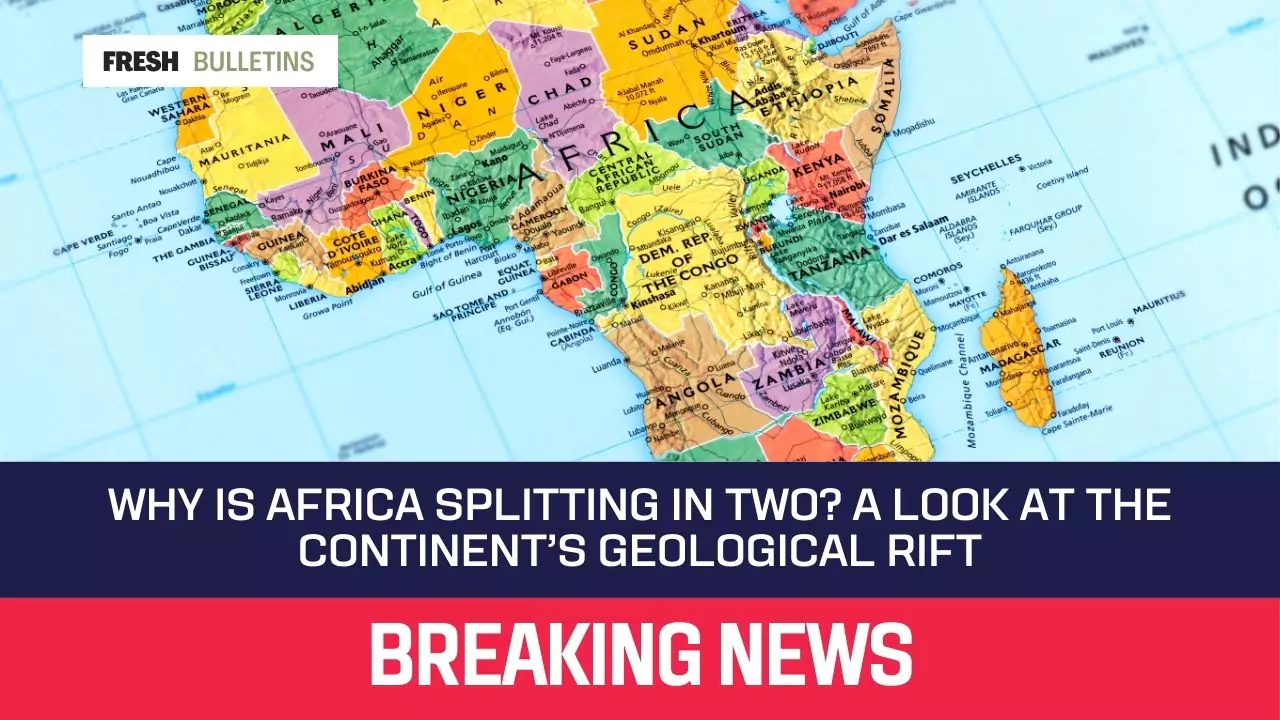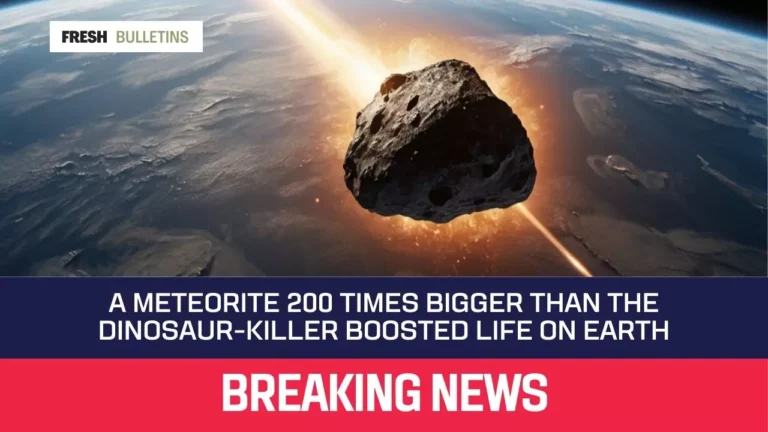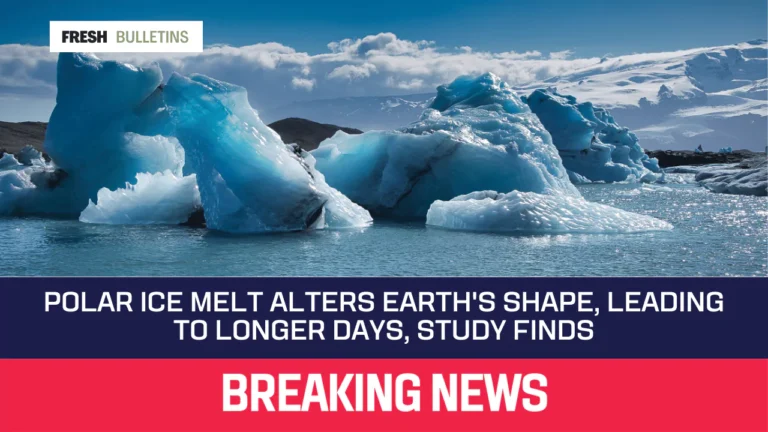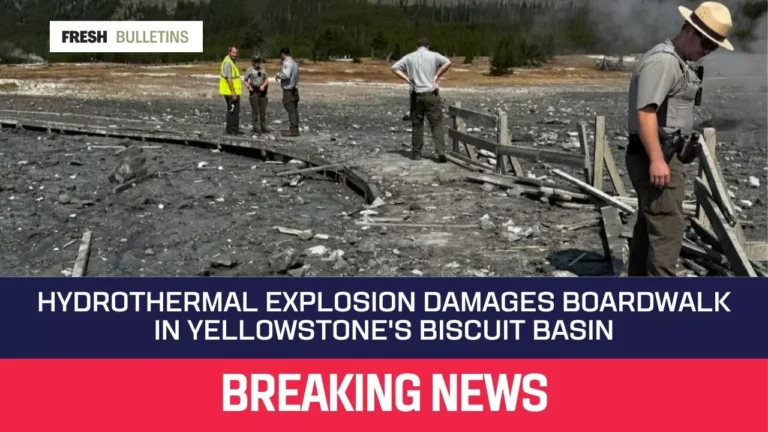Why Is Africa Splitting In Two? A Look at the Continent’s Geological Rift
Africa is slowly splitting in two because of a geological process called rifting. This happens because the Earth’s crust is breaking apart, creating a gap. Over millions of years, this will divide Africa into two pieces.
The East African Rift System
The East African Rift System is the area where this rifting occurs. It stretches for thousands of miles. It goes through many countries, including Ethiopia, Kenya, Uganda, and Tanzania. Scientists study this rift to understand how continents change over time.
What Causes Rifting?
Rifting happens because of tectonic plates. The Earth’s crust is not solid; it is made of many big plates that float on molten rock. These plates move slowly over time. When they pull apart, rifting can occur. In the case of Africa, two main tectonic plates are involved: the Nubian Plate and the Somali Plate.
How Fast Is Africa Splitting?
Africa is not fragmenting rapidly. The procedure is extremely slow and requires millions of years. At present, the fissure is expanding at a rate of approximately one to two centimeters per year. This is a negligible quantity that is impossible to observe in one’s lifetime.
Geological Features of the Rift
The rift creates many interesting geological features. Some areas have deep valleys and mountains formed from volcanic activity. Volcanoes can erupt in places where the crust is very thin. The East African Rift is home to several active volcanoes, such as Mount Kilimanjaro and Mount Kenya.
Impact on Life
The splitting of Africa affects the land and the animals living there. The rift creates different habitats. Some animals adapt to these changes over time. For example, species that thrive in dry areas may struggle if it becomes wetter due to new lakes forming.
How Does Water Play a Role?
Lakes and rivers will develop as the fissure continues to expand. Depressions may be generated by the migration of tectonic plates, which results in the accumulation of water in these regions. This will eventually result in the formation of new bodies of water. Lake Victoria is one of the largest waterways in Africa. It is situated in close proximity to the fissure and serves as a critical resource for numerous residents in the vicinity.
Effects on Human Life
The geological changes in the region can also affect human communities. People may need to change where they live because of new lakes or changes in the land. This can create challenges for farmers and those who depend on specific types of soil and climate.
Historical Context
The East African Rift has been forming for about 25 million years. It is a significant geological event in Earth’s history. It shows how dynamic our planet is and how continents can change over time. A long time ago, all the continents were connected in one big landmass called Pangaea. The process of rifting is just one of many changes that have shaped the Earth.
Future of the Rift
Scientists predict that in about 50 million years, Africa could look very different. The split may create a new ocean. The Somali Plate could eventually break away from the Nubian Plate and drift into the ocean. This could lead to the creation of new land and changes in climate.
Other Rifts Around the World
Rifting is not unique to Africa. Other places, such as the Red Sea and Iceland, also show signs of rifting. These areas help scientists understand the process better. By studying different rifts, researchers can learn more about the history of Earth.
Monitoring the Rift
Scientists use various tools to monitor the East African Rift. They measure earthquakes, volcanic activity, and ground deformation. This information helps them predict future changes. Understanding how rifting works allows scientists to educate communities about potential hazards.
Conclusion
Africa is splitting in two because of tectonic forces creating the East African Rift. This gradual process shapes the land and affects ecosystems. The changes happening now will take many years to fully develop, but they provide valuable insight into our planet’s history. By studying these geological changes, we learn more about the Earth and its many layers. The rift is one of nature’s many wonders, illustrating the dynamic nature of our world.







